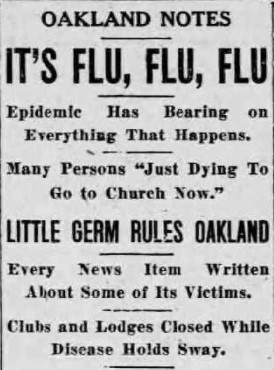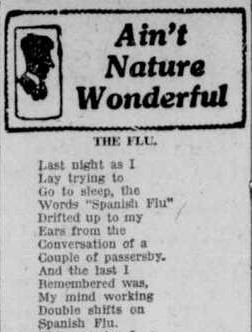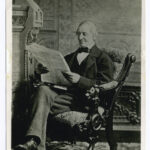The pandemic of 2020 has brought an eerie reminder of the Spanish Flu — one of the deadliest in human history. In 1918, it infected an estimated 500 million people across the globe and killed close to 50 million.
This influenza pandemic makes for an interesting comparison to COVID-19. Both illnesses led to a massive toll on human life, and both led to blame and confusion about the origin of each disease.
Although “Spanish Flu” is still the most common name for the influenza strain that wreaked havoc on the world after World War I, other countries had their own names for it. In Brazil, they called it the German Flu, Senegal called it the Brazilian Flu, and Spain itself called it “The Naples Soldier.” These names were mostly finger-pointing and speculative, but where did it really start?
Despite its name, the Spanish Flu most likely originated in the U.S. The first cases in America were believed to have developed in early January 1918. Research from this century suggests that the first outbreak of the H1N1 variant occurred in Haskell County, Kansas. Soon after, cases around the world were exploding.
In 1918, World War I was still raging and Germany had yet to launch its final offensive before the eventual armistice and Treaty of Versailles. News of a novel influenza virus could have devastated morale and disrupted the allied effort, so U.S. officials chose not to report cases of the dangerously accelerating illness. However, by the fall of that year, the news had gotten out.
One newspaper article from October 1918 in Delaware’s Wilmington Evening Journal announces that the great “Babe” Ruth had contracted the dreaded disease. The same papers also features a poem that mentions the Spanish Flu eleven times, while various other reports detailed the latest people to succumb to the illness.
Spain, however, was a country that had no restrictions on reporting and widely told of massive outbreaks of influenza. The Spanish press raised the alarm bells, so the rest of the world was led to believe that Spain was ground zero for the new flu.
While it is impossible to know exactly where the virus originated, it seems likely that it came from Kansas where the first reported cases developed.
History is littered with interesting facts like these that we wouldn’t have access to without newspapers from the past. Find more secrets about our country’s history, and discover unrevealed stories about your own family’s past, by starting a 7-day free trial of NewspaperArchive.com.















